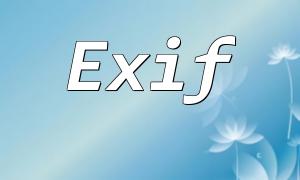PHP has become the core language for many websites and applications in modern development environments. For Mac users, configuring an efficient PHP runtime environment is crucial. This guide will provide a comprehensive step-by-step setup for PHP on Mac, helping you get started quickly and optimize your development workflow.
PHP comes pre-installed on Mac, but to use the latest version and gain more features, it's recommended to install PHP via Homebrew. First, you need to install Homebrew. If you haven't installed it yet, you can enter the following command in your terminal:
<span class="fun">/bin/bash -c "$(curl -fsSL https://raw.githubusercontent.com/Homebrew/install/HEAD/install.sh)"</span>
Once the installation is complete, you can install the latest version of PHP using Homebrew:
<span class="fun">brew install php</span>
Once installed, you can check the PHP version to ensure it's installed correctly by running the following command:
<span class="fun">php -v</span>
After PHP is installed, you'll need to make some basic configurations to ensure it meets your development needs. You can do this by editing the php.ini file, which is typically located at /usr/local/etc/php/
Here are some configuration options you may need to adjust:
display_errors: This is used for debugging, and is generally set to On in development environments.
memory_limit: This sets the maximum memory a PHP script can use.
upload_max_filesize: This controls the maximum allowed file upload size.
For example, to set display_errors to On, you can find the corresponding line in the php.ini file and modify it as follows:
<span class="fun">display_errors = On</span>
Composer is a dependency management tool for PHP that helps developers easily manage the libraries required for their projects. You can install Composer using the following command:
<span class="fun">curl -sS https://getcomposer.org/installer | php</span>
After installation, move Composer to your PATH:
<span class="fun">mv composer.phar /usr/local/bin/composer</span>
You can check if Composer was successfully installed by running the following command:
<span class="fun">composer -V</span>
Once PHP is configured, following some best practices will help you use PHP more efficiently. We recommend that you:
Regularly update PHP and Composer to ensure you're using the latest and most secure versions.
Use a version control system, such as Git, to manage your project code.
Perform unit testing on your PHP code to ensure its reliability.
By following the steps outlined in this guide, you will have successfully configured the PHP runtime environment on your Mac. By adhering to best practices for managing your development environment, you will be able to work more efficiently with PHP.
We hope this PHP configuration guide helps support your development journey!









